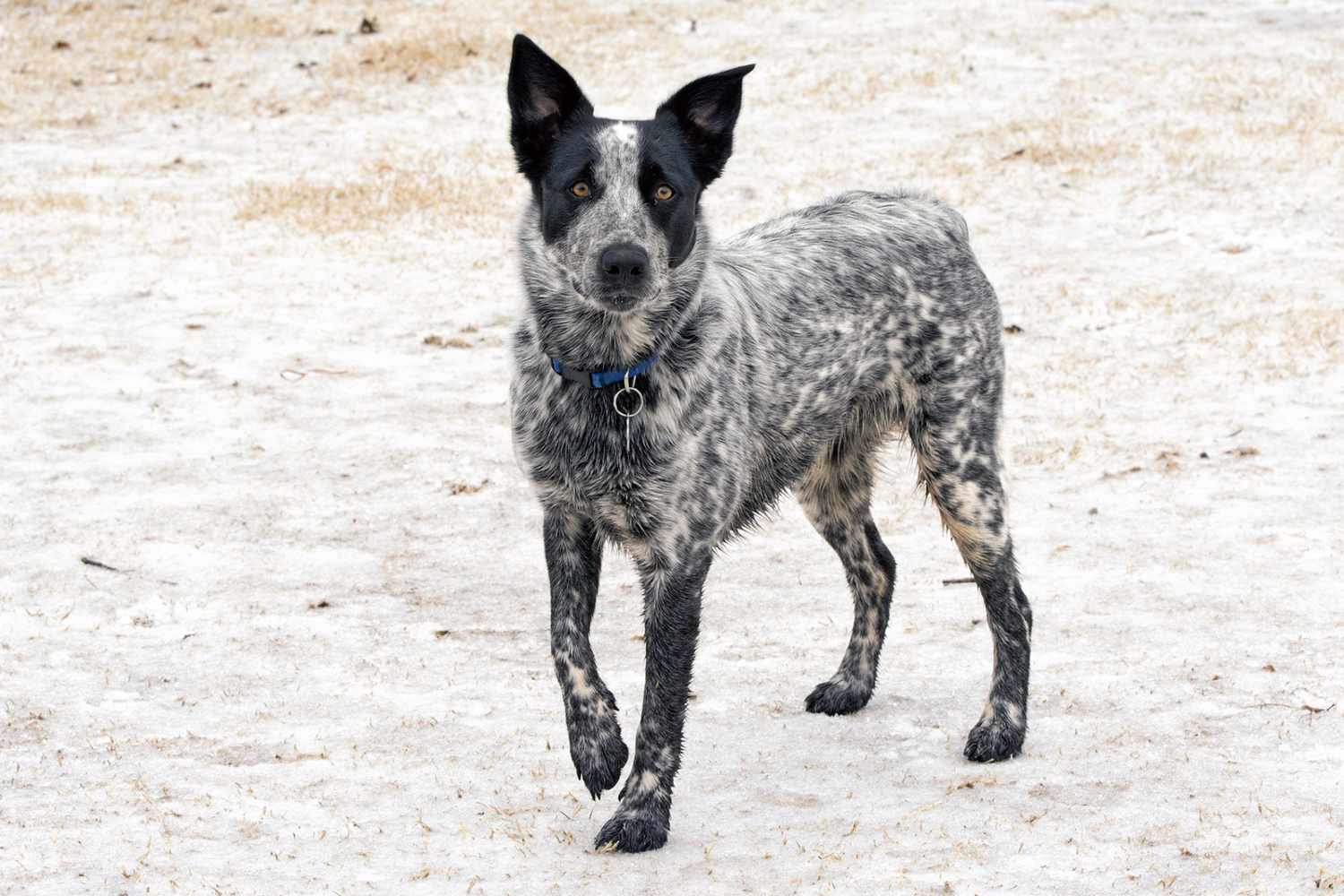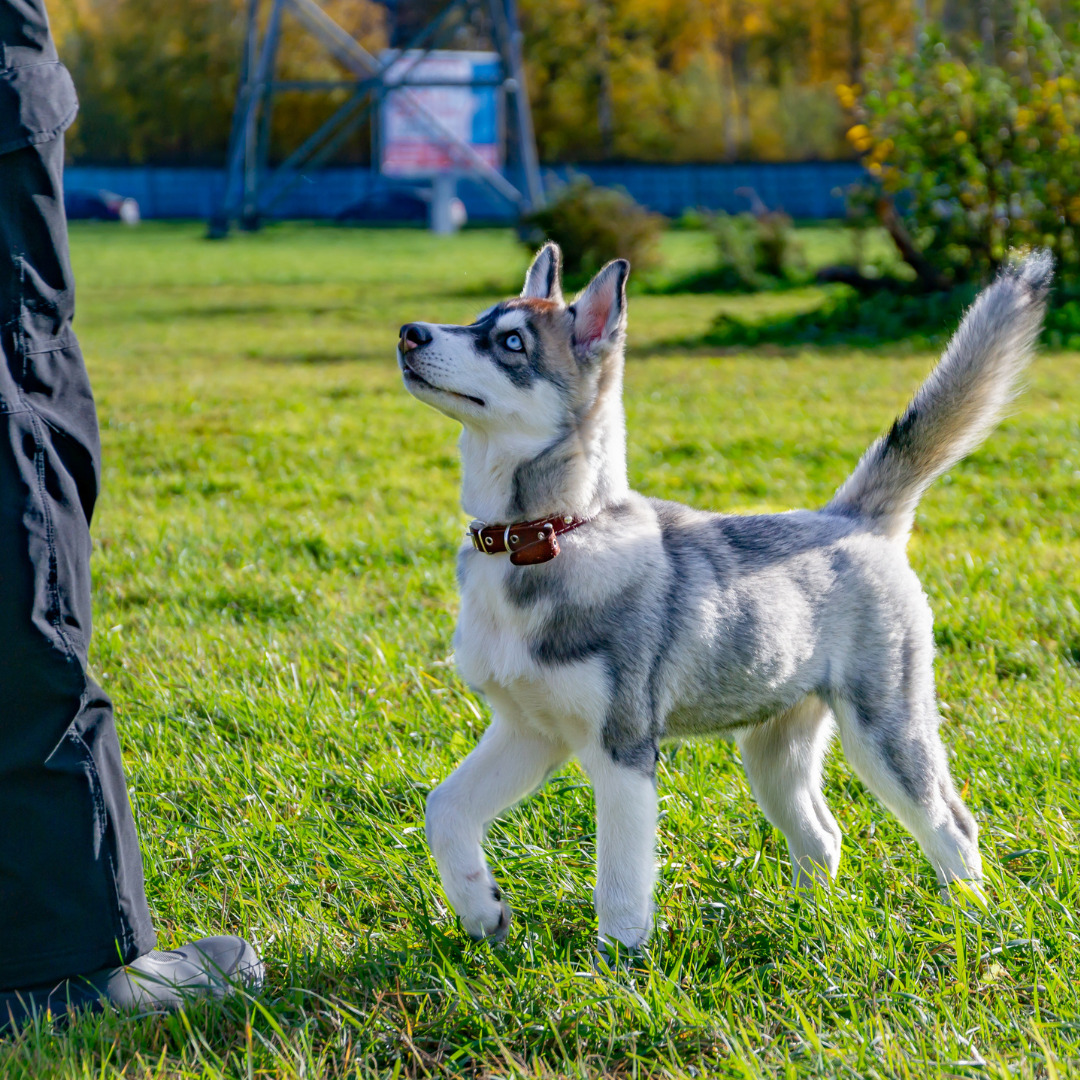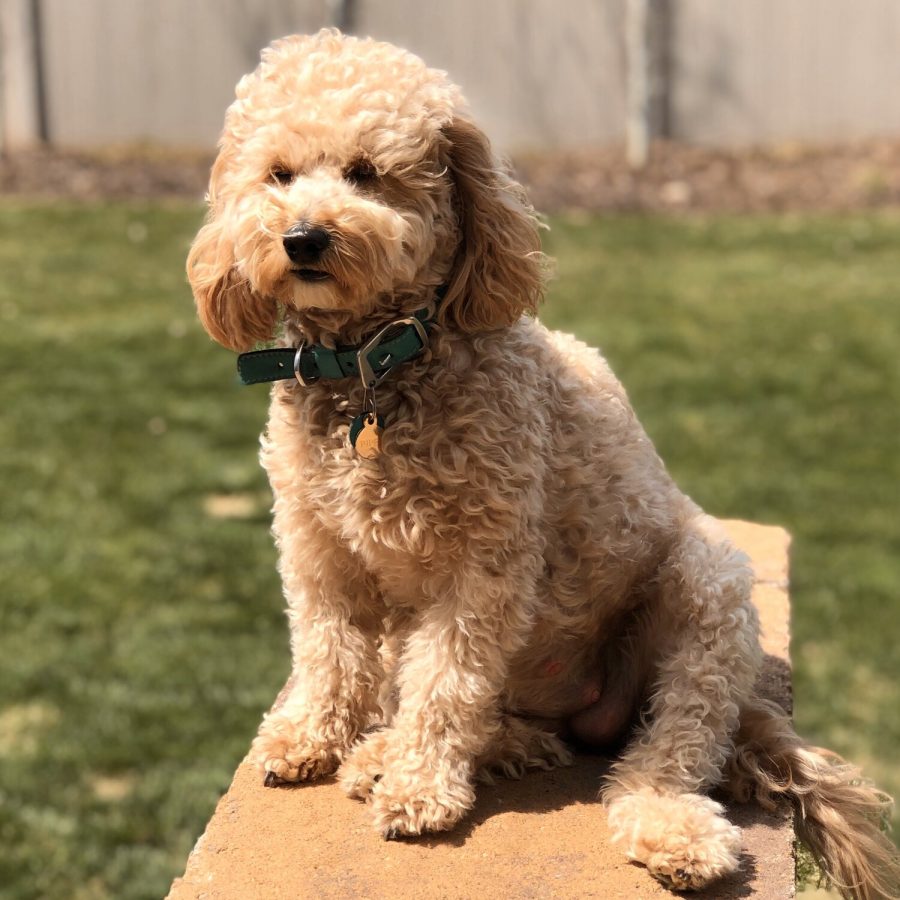The Texas Heeler is a dynamic mix breed known for its intelligence, loyalty, and herding instincts. Developed in 1970 by Lucy Guynes, it combines traits of Australian Cattle Dog, Australian Shepherd, and Border Collie. They are medium-sized dogs with distinct coat colors like black and blue merle. These energetic dogs require ample exercise and regular grooming, shedding moderately. Health issues like hip dysplasia and eye problems can arise. Training should focus on mental stimulation and positive reinforcement. Seek balanced nutrition, personalized advice from a vet, and consider adoption from reputable breeders or shelters. Further details provide comprehensive insights into caring for a Texas Heeler.
Breed Overview
The Texas Heeler breed is a distinctive crossbreed known for its intelligence, energy, and protective nature. Originating from farms and ranches, this breed excels as watchdogs and loyal companions. A mix of the Australian Cattle Dog, Australian Shepherd, and Border Collie, Texas Heelers are medium-sized dogs, typically standing between 17 to 22 inches and weighing 25 to 50 pounds. They are recognized for their protective instincts and may display herding behaviors if not properly trained.
These dogs require regular exercise and mental stimulation to keep them happy and healthy. Their coat is usually short to medium in length, with colors ranging from black, blue merle, to blue ticked, often with white or tan trim. Developed in 1970 by Lucy Guynes, the Texas Heeler is a designer breed that combines the best traits of its parent breeds. With their unique mix of intelligence, energy, and loyalty, Texas Heelers make wonderful companions for active individuals or families looking for a devoted and alert canine partner.
Characteristics of the Texas Heeler
Boasting a unique blend of intelligence, energy, and protective instincts, the Texas Heeler showcases distinctive characteristics that set it apart as a crossbreed canine breed. These traits make them excellent working dogs and loyal companions. Below is a table summarizing key characteristics of the Texas Heeler breed:
| Characteristic | Description |
|---|---|
| Intelligence | Highly intelligent, quick learners |
| Energy Level | Extremely energetic, requiring ample exercise |
| Protective Instinct | Naturally protective of their family |
| Herding Behavior | Inherited herding instincts, may exhibit herding behavior if not trained otherwise |
| Trainability | Responsive to positive reinforcement, need consistent training and socialization |
These characteristics make the Texas Heeler a dynamic and engaging companion, suitable for active households willing to provide mental stimulation and consistent training.
History of the Texas Heeler
With a lineage deeply rooted in the working dogs of Australia, the history of the Texas Heeler unveils a narrative of purposeful breeding and practicality. The Texas Heeler is a hybrid breed resulting from the intentional crossbreeding of the Australian Cattle Dog and the Australian Shepherd. This crossing aimed to create a versatile and hardworking dog suitable for the demanding tasks on ranches and farms. The Texas Heeler inherited not only the intelligence and herding instincts of its parent breeds but also their agility, endurance, and loyalty.
The origins of the Texas Heeler can be traced back to the mid-20th century in the United States, particularly in the state of Texas, where the breed earned its name. The breed’s development focused on producing a dog capable of herding livestock, providing protection, and serving as a valuable companion to farmers and ranchers. Through selective breeding, breeders aimed to combine the best traits of the Australian Cattle Dog and the Australian Shepherd to create a well-rounded and adaptable working dog, thus establishing the foundation for the Texas Heeler breed we know today.
Texas Heeler Care
In light of the historical context showcasing the intentional breeding efforts behind the Texas Heeler, it is pertinent to now shift the focus towards understanding the optimal care required for this versatile and hardworking breed. Texas Heelers are medium-sized dogs that require regular grooming to maintain their double coat. They shed moderately, with heavier shedding during seasonal changes, necessitating weekly brushing to manage their fur. Additionally, dental hygiene, ear cleaning, and nail trims are essential parts of their grooming routine. Professional grooming may be considered if needed to ensure their coat’s health and cleanliness.
Furthermore, Texas Heelers are highly intelligent and relatively easy to train. They respond well to positive reinforcement and require consistent training to manage their protective instincts and energy levels. Affectionate with their families, Texas Heelers also exhibit watchdog tendencies, necessitating early socialization to ensure they interact well with children and other pets. By incorporating a balanced grooming regimen and consistent training, Texas Heeler owners can ensure the health and well-being of this active and loyal breed.
Exercise
Texas Heelers require consistent daily exercise to maintain their physical and mental well-being. These energetic and intelligent dogs thrive on activity and stimulation, making exercise a vital component of their care routine.
Here are some key points to consider regarding exercise for Texas Heelers:
- Daily Exercise Routine: Texas Heelers benefit from engaging in physical activities daily to prevent boredom and to channel their energy productively.
- Mental Stimulation: Alongside physical exercise, mental stimulation through training, puzzle toys, or interactive games is essential to keep their sharp minds active.
- Work or Tasks: Providing them with a job to do, such as agility training or obedience tasks, can fulfill their natural herding instincts and keep them mentally engaged.
- Leash Walking: Due to their herding tendencies, leash walking is recommended to maintain control and ensure their safety while out for walks.
Grooming
Proper grooming practices are essential for maintaining the health and appearance of Texas Heelers. This medium-sized breed with a protective double coat requires regular grooming to manage shedding and ensure coat health. Texas Heelers shed moderately throughout the year, with heavier shedding during seasonal changes. It is recommended to brush their coat weekly to remove loose fur and prevent matting.
Additionally, maintaining dental hygiene through regular teeth brushing, ear cleaning, and nail trims is crucial for their overall well-being.
Considering the Texas Heeler’s active lifestyle, engaging in regular grooming routines helps pet owners monitor their dog’s health closely. Professional grooming services may be considered if needed, especially for tasks like coat trimming. By incorporating grooming into their routine, pet owners can promote a healthy coat, prevent potential skin issues, and strengthen the bond with their Texas Heeler through regular care sessions.
Training
A crucial aspect of nurturing a well-behaved and responsive Texas Heeler is providing consistent and effective training methods. Texas Heelers, being highly intelligent and energetic dogs, thrive on mental stimulation and structured training routines. Here are four essential tips for training a Texas Heeler:
- Positive Reinforcement: Texas Heelers respond well to positive reinforcement techniques such as praise, treats, or toys. Rewarding desired behaviors encourages them to repeat those actions, making training sessions more effective and enjoyable.
- Early Socialization: Introducing Texas Heelers to various environments, people, and animals from a young age helps in managing their protective instincts and herding tendencies. Socialization promotes good behavior and reduces the likelihood of developing aggression or fear towards unfamiliar situations.
- Channeling Energy: Texas Heelers have a natural herding instinct that can be redirected into activities like agility training or interactive games. Providing outlets for their energy helps prevent boredom and destructive behavior, keeping them mentally and physically engaged.
- Consistent Discipline: While Texas Heelers are affectionate with families, they may exhibit dominance behaviors towards children or other pets if not appropriately disciplined. Consistent boundaries and positive reinforcement help establish a harmonious relationship based on respect and obedience.
Common Health Problems
Transitioning from training considerations to health aspects, it is pertinent to address the common health problems that Texas Heelers may encounter during their lifespan. Being a mixed breed, Texas Heelers can inherit health issues from their parent breeds, the Australian Cattle Dog and Australian Shepherd.
Common health problems in Texas Heelers include hip and elbow dysplasia, which can lead to joint pain and mobility issues. Eye problems such as progressive retinal atrophy and cataracts are also prevalent, potentially affecting their vision. Additionally, Texas Heelers may be prone to weight gain, emphasizing the importance of a balanced diet and regular exercise to maintain a healthy weight.
Due to their genetic makeup, they may also be susceptible to Multidrug Sensitivity (MDR1), a condition that requires careful management and monitoring. To ensure the well-being of Texas Heelers, regular veterinary check-ups, early detection of health issues, and appropriate interventions are essential for a long and healthy life.
Behavior and Training Tips for Texas Heelers
Effective training and socialization play a crucial role in shaping the behavior of Texas Heelers. Here are some behavior and training tips to help you better understand and work with your Texas Heeler:
- Positive Reinforcement: Texas Heelers respond well to positive reinforcement techniques. Reward good behavior with treats, praise, or playtime to encourage desired actions.
- Early Socialization: Introduce your Texas Heeler to various people, animals, and environments from a young age. This helps them become well-adjusted and reduces the likelihood of developing fear or aggression towards new situations.
- Channel Their Energy: Texas Heelers are energetic and have a natural herding instinct. Engage them in activities like agility training, obedience classes, or interactive toys to provide mental stimulation and prevent boredom.
- Consistent Training: Be patient and consistent in your training efforts. Establish clear rules and boundaries, and practice regular training sessions to reinforce good behavior and discourage negative habits.
Diet and Nutrition
When considering the dietary needs of Texas Heelers, prioritizing a balanced and nutritious meal plan is essential for their overall health and well-being. These energetic and intelligent dogs require a diet rich in high-quality protein to support their active lifestyle and muscle development. Opt for biologically appropriate foods that contain healthy fats and essential vitamins and minerals for optimal health and performance. Texas Heelers are prone to weight gain, so it’s crucial to follow weight-based feeding guidelines and consult with a vet for personalized advice on portion control.
To maintain their energy levels and support their overall well-being, stick to a complete and balanced diet that meets their nutritional requirements. Consider incorporating supplements for joint health, especially as they age, to support their mobility and prevent joint issues. Additionally, ensure they have access to fresh water at all times and monitor their weight to adjust their diet as needed.
Where to Adopt or Buy a Texas Heeler
To acquire a Texas Heeler, prospective owners should consider reputable breeders, shelters, or breed-specific rescues for adoption or purchase. When looking to bring a Texas Heeler into your home, here are some avenues to explore:
- Reputable Breeders: Working with a responsible breeder ensures that the puppy comes from healthy bloodlines and has received proper care and socialization from an early age.
- Shelters: Many Texas Heelers end up in shelters or rescue organizations due to unforeseen circumstances. Adopting from a shelter not only gives a dog a second chance at a loving home but also helps reduce pet overpopulation.
- Breed-Specific Rescues: These organizations specialize in rescuing and rehoming specific breeds like the Texas Heeler. They often have in-depth knowledge of the breed’s needs and characteristics, making them a great resource for finding a suitable match.
- Online Platforms: Websites dedicated to pet adoption and sales can also be a place to find Texas Heelers. However, caution is advised when using these platforms to ensure the legitimacy and ethical standards of the sellers.
Texas Heeler Overview
Providing a comprehensive insight into the Texas Heeler breed, this overview highlights key characteristics and attributes of this popular mixed breed. Texas Heelers are a crossbreed of the Australian Cattle Dog and the Australian Shepherd, known for their medium size, standing between 17 to 22 inches tall and weighing 25 to 50 pounds.
Their coat is short to medium-length, typically smooth and soft, coming in colors such as black, blue merle, or blue ticked, sometimes with white or tan markings. Developed in 1970 by Lucy Guynes, Texas Heelers are not officially recognized by major kennel clubs but remain a sought-after breed for their intelligence, energy, and loyalty.
These dogs require daily exercise, mental stimulation, and a purpose to thrive, making them well-suited for active families or individuals who can provide the necessary outlets for their herding instincts and watchdog capabilities. Texas Heelers are affectionate with their families, protective of strangers, and responsive to positive training methods, making them versatile companions for those willing to invest time and effort into their care and training.
Conclusion
In conclusion, understanding the intricate characteristics and care requirements of the Texas Heeler breed is essential for nurturing a harmonious bond with these intelligent and loyal companions.
By delving into their genetic makeup, behavioral tendencies, and nutritional needs, one can provide a holistic care regimen that caters to their well-being and contentment.
Embracing the essence of the Texas Heeler entails a commitment to providing a nurturing environment that addresses their physical, mental, and emotional requirements.




